Pickleball has long used a scoring approach called “sideout” scoring. But starting in 2022 there was a push to use a new approach based on rally scoring.
In sideout scoring, only the serving player or team can score points. With rally scoring, any team or player that wins a rally will score a point.
Some believe rally scoring will change the integrity of pickleball for the worse, while others believe rally scoring is the tweak needed to take pickleball to the next level.
Let’s take a look at pickleball rally scoring, how it works, and why it's a fun alternative to try in your next rec. game.
What Is Rally Scoring In Pickleball?
Rally scoring in pickleball allows you to score a point by winning any rally, and games are typically played to 21. This differs from “sideout” scoring, where a team or player must be serving to score a point and games are played to 11. The other main difference with sideout scoring is that in doubles pickleball rally scoring, each player stays on the same side (left or right) of the pickleball court throughout the game.
Although rally scoring is a new concept to pickleball, it has been used in other sports (like tennis and ping pong) for decades.
Where side-out scoring requires a team to be serving to win a point on the scorecard, rally scoring allows any player or team to score if they win a rally (i.e., point).
The question of who’s serving is no longer relevant to scoring points (think about a game of ping pong, you can earn points on your serve or on your returns).
Pickleball rally scoring makes games feel more fast-paced, since points accumulate more rapidly as the teams or players race to 15 or 21 points.
How To Rally Score In Pickleball
Here’s how rally scoring works in pickleball doubles (singles works the same way!):
- Most games are played to 21, win by 2, with the teams changing ends of the court when 1 team reaches 11 points.
- A team is chosen to serve first (rock paper scissors, flip a coin, etc).
- Each player on each team chooses a side of the court, either the left side or right side. The players remain on these sides of the court for the entire game (but they can switch on the 11 point changeover).
- The serving team begins serving with the player on the right-side serving first. The player serves crosscourt to the opposing team.
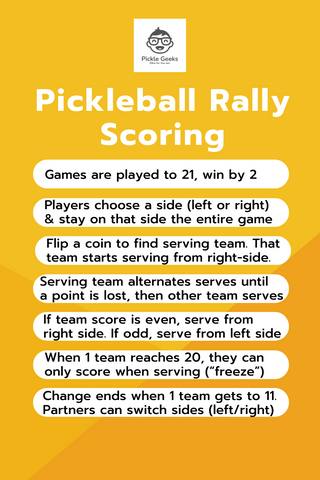
- The serving team continues serving as long as they win each rally (where they earn a point with each rally won). The serve alternates between the right-side player and the left-side player.
- Once the returning team wins a rally, they win a point and it is their turn to serve.
- One nuance of rally scoring is that which player serves is dependent on the score of the serving team. If a team’s score is 0 or an even number like 2 or 12, the team will serve from the right side of the court. If a team’s score is an odd number, the player on the left side of the court will serve. For example, if the score is 2-0 and the returning team wins a rally, the score is now 1-2 and the team that returned the last rally will now serve from the left side of the court (since their score of 1 is an odd number).
- The game continues with points being scored and the serve changing sides until 1 team reaches 11 points. When this happens the teams switch ends of the court. Note that in Major League Pickleball games, players can switch sides (from the left side to the right side and vice versa) after a timeout or when the teams change ends of the court.
There is 1 change to the above that occurs late in the game:
- After a team reaches 20 points, that team can only score a point when serving (so if they win a rally as the returning team with a score of 20, they do not score a point but they do get to serve from the right side of the court with a chance to score a point and win the game). The other team can continue scoring points while serving or receiving serve until they reach 18 points.
To summarize, pickleball rally scoring games are played to 21 (sometimes 15), points can be scored by the serving or returning team, players stay on one side (left or right) of the court and do not rotate sides.
And when a team reaches 20 points they can only score points when serving!
Rally Scoring vs Sideout Scoring: Key Differences
Here’s a summary of the key differences between sideout scoring and rally scoring in pickleball:
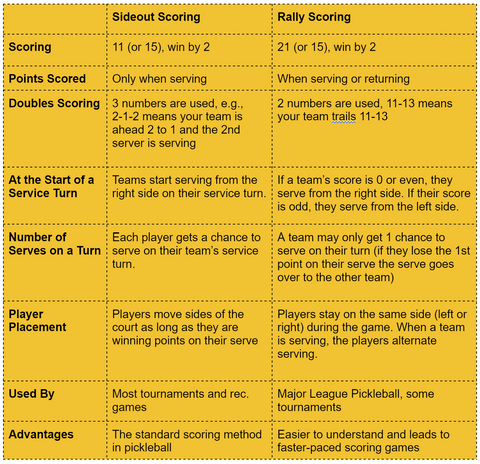
Rally Scoring in Pickleball: FAQs
Is There a Rally Scoring in Pickleball PDF?
Yes! You can download a 1 page guide to rally scoring pdf here.
Where Did Rally Scoring Come From?
Rally scoring is an established concept in many sports. Volleyball, badminton, squash, ping pong, and even tennis implement some form of rally scoring. Pickleball is one of the few racket-like sports not currently using rally scoring.
Major League Pickleball (MLP) started the rally scoring trend in pickleball by implementing a form of rally scoring successfully into MLP events.
Is Rally Scoring In Pickleball The Same For Singles And Doubles?
Yes - rally scoring is the same for singles or doubles pickleball.
Which Side Do You Serve From In Pickleball Rally Scoring?
If the score is 0 or an even number, you serve from the even side (right side) of the court, but if the score is an odd number, you serve from the odd side (left side).
Also, in doubles, players do not switch sides when serving (they stay on the same side of the court throughout the game).
Can Only the Serving Team Score a Point by Winning a Rally in Pickleball?
In rally scoring, either team wins the point when they win the rally (regardless of who is serving). Put another way, rally scoring in pickleball works the same as scoring in tennis and ping pong - players can win a point when serving or returning.
Is Pickleball Changing to Rally Scoring?
As of January 1, 2024 USA Pickleball (USAPA) is reviewing a possible change from sideout scoring to rally scoring. However, USAPA did not ratify the change for 2024 so the earliest scoring can change to rally scoring is 2025.
But rally scoring is gaining traction - Major League Pickleball currently uses rally scoring for its events and some pro tournaments (e.g., the APP Tour) are experimenting with rally scoring in tournament draws.






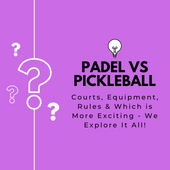
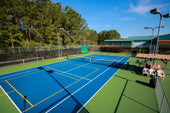
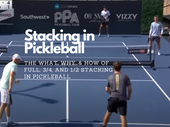


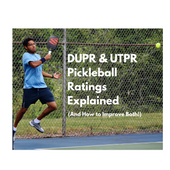

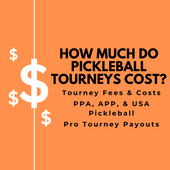
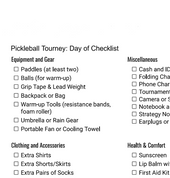
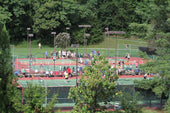
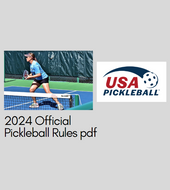


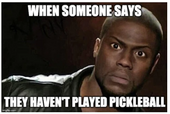
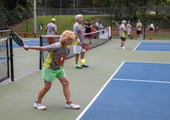
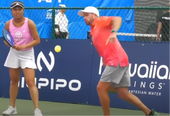













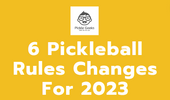

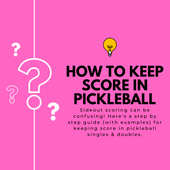
2 comments
Question. Scenario…in Rally Scoring, can a player on the left side play a lob over the head of the player on the right side, or can they move laterally in defense and both end up on the left or right side of the court? Your comparative Sideout/Rally score matrix says each player stays on their left or right side. If no, is that a fault if the left or right side player steps on the dividing line?
Question. Scenario…in Rally Scoring, can a player on the left side play a lob over the head of the player on the right side, or can they move laterally in defense and both end up on the left or right side of the court? Your comparative Sideout/Rally score matrix says each player stays on their left or right side. If no, is that a fault if the left or right side player steps on the dividing line?